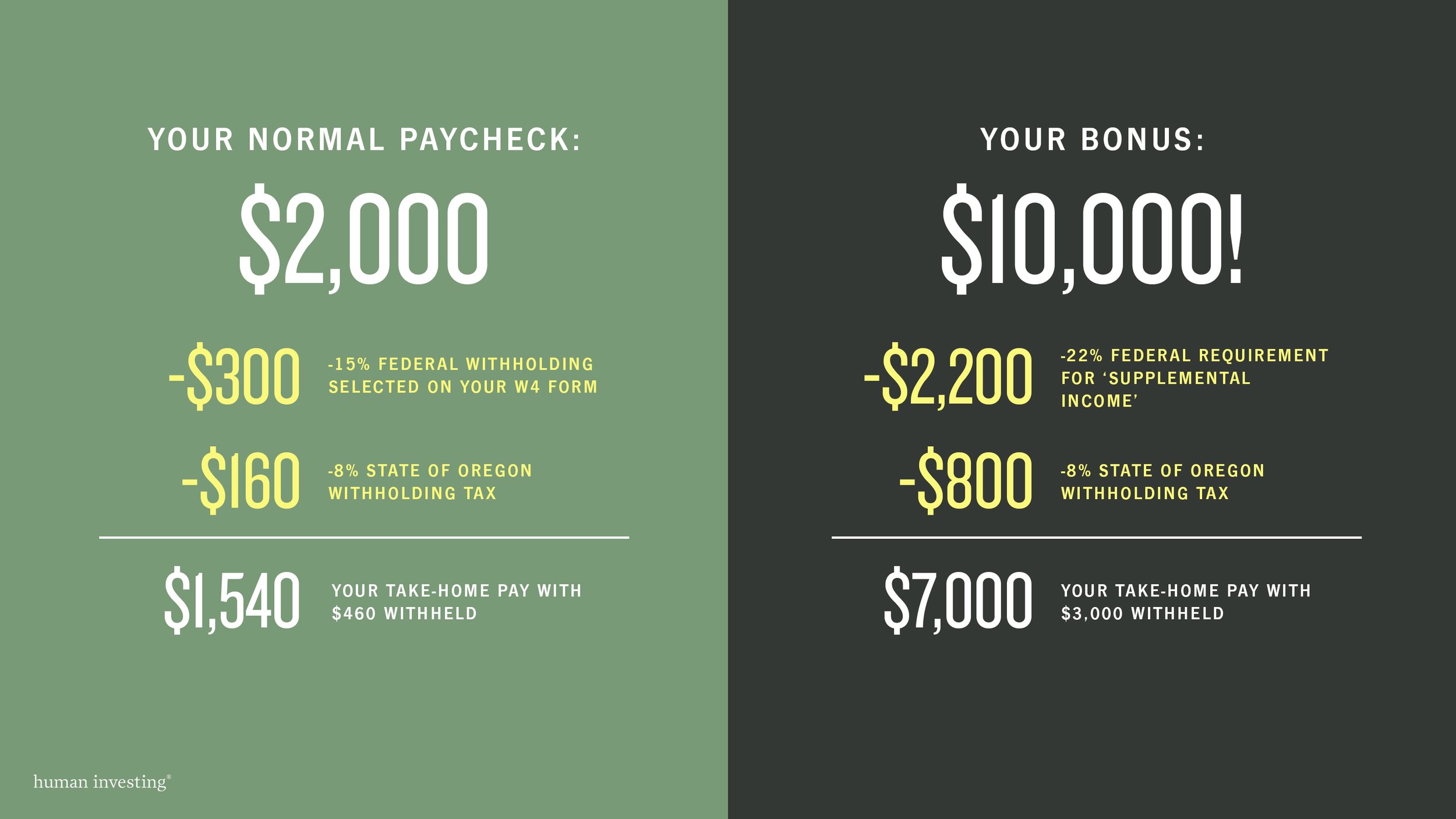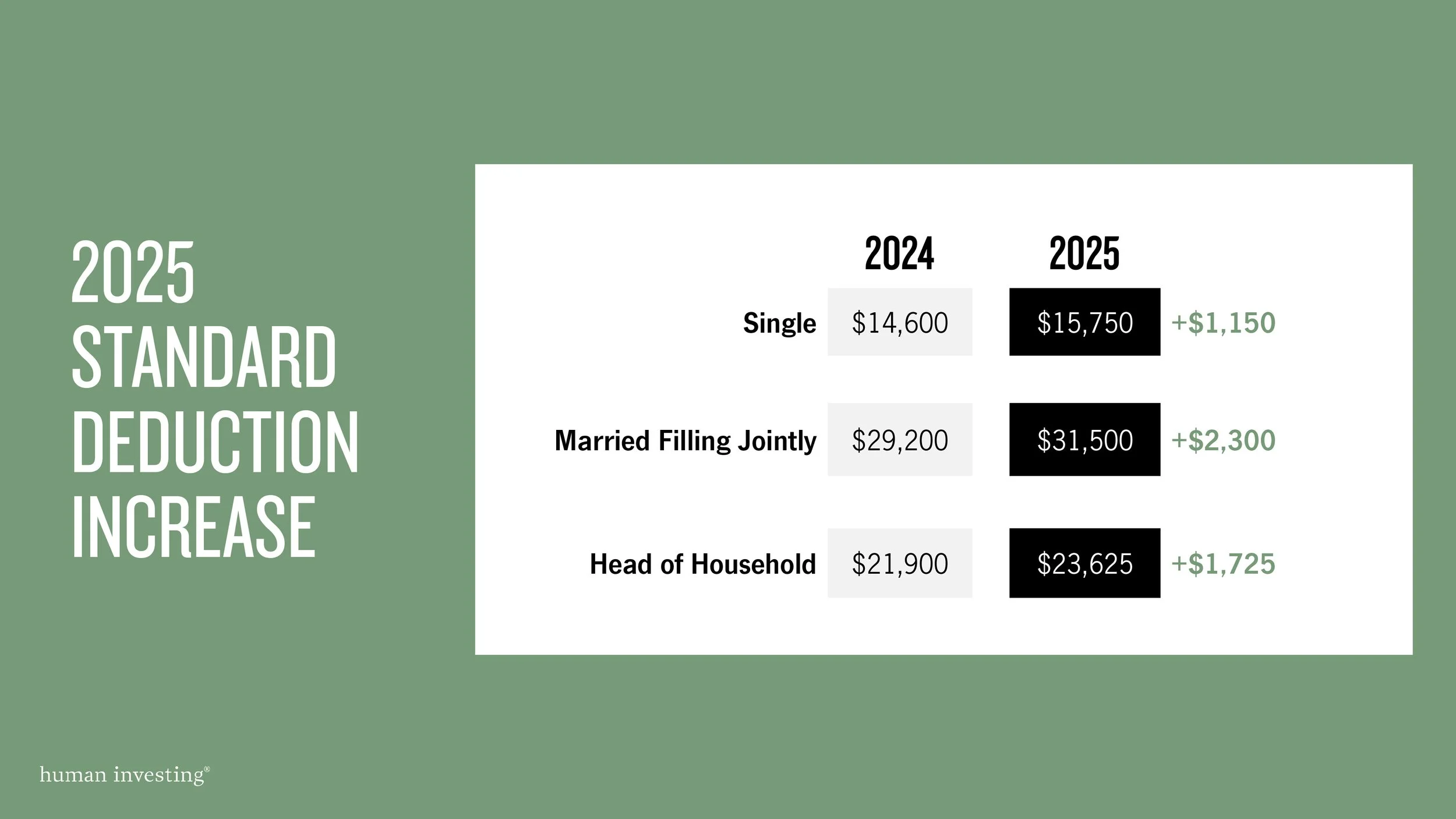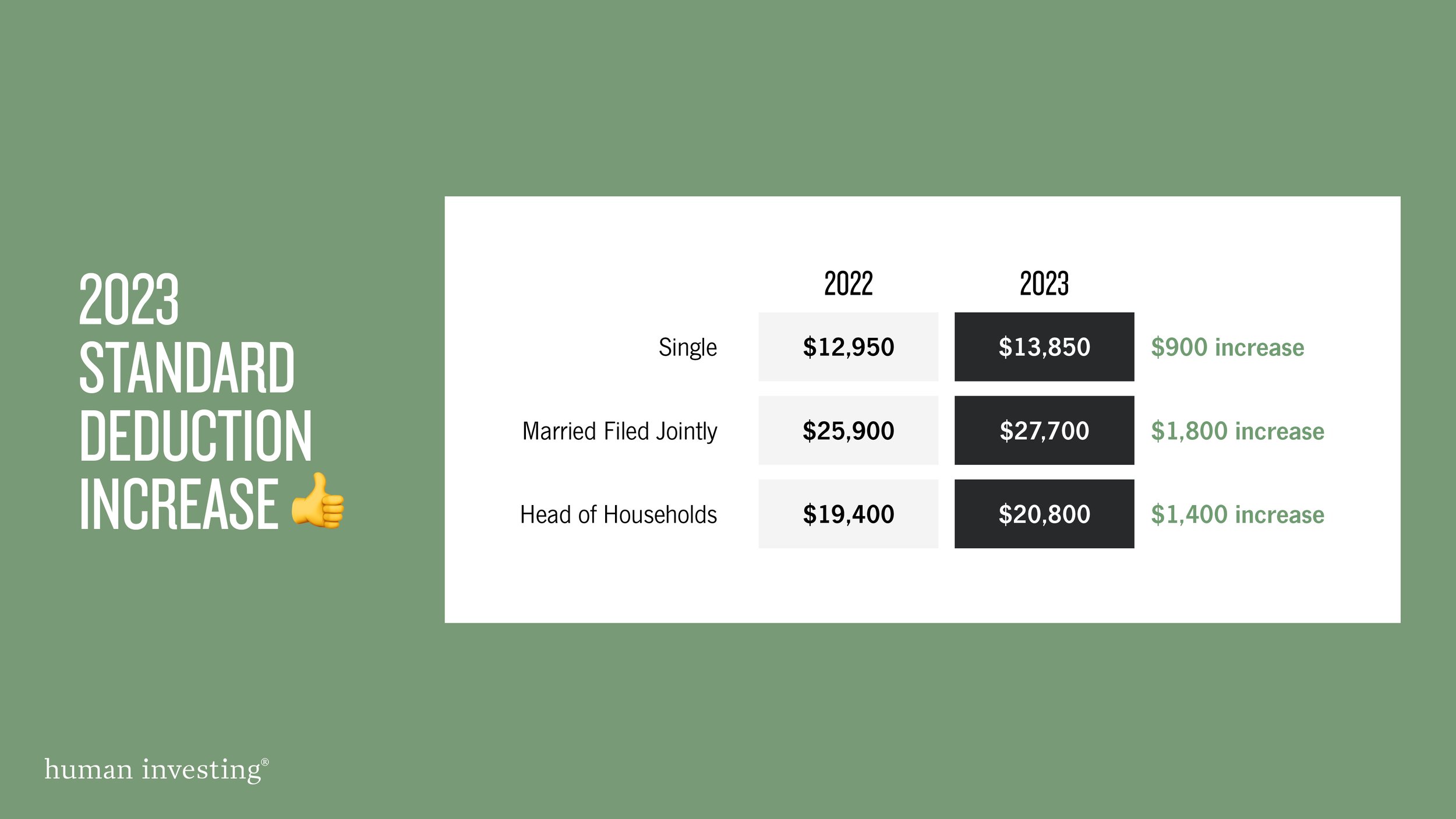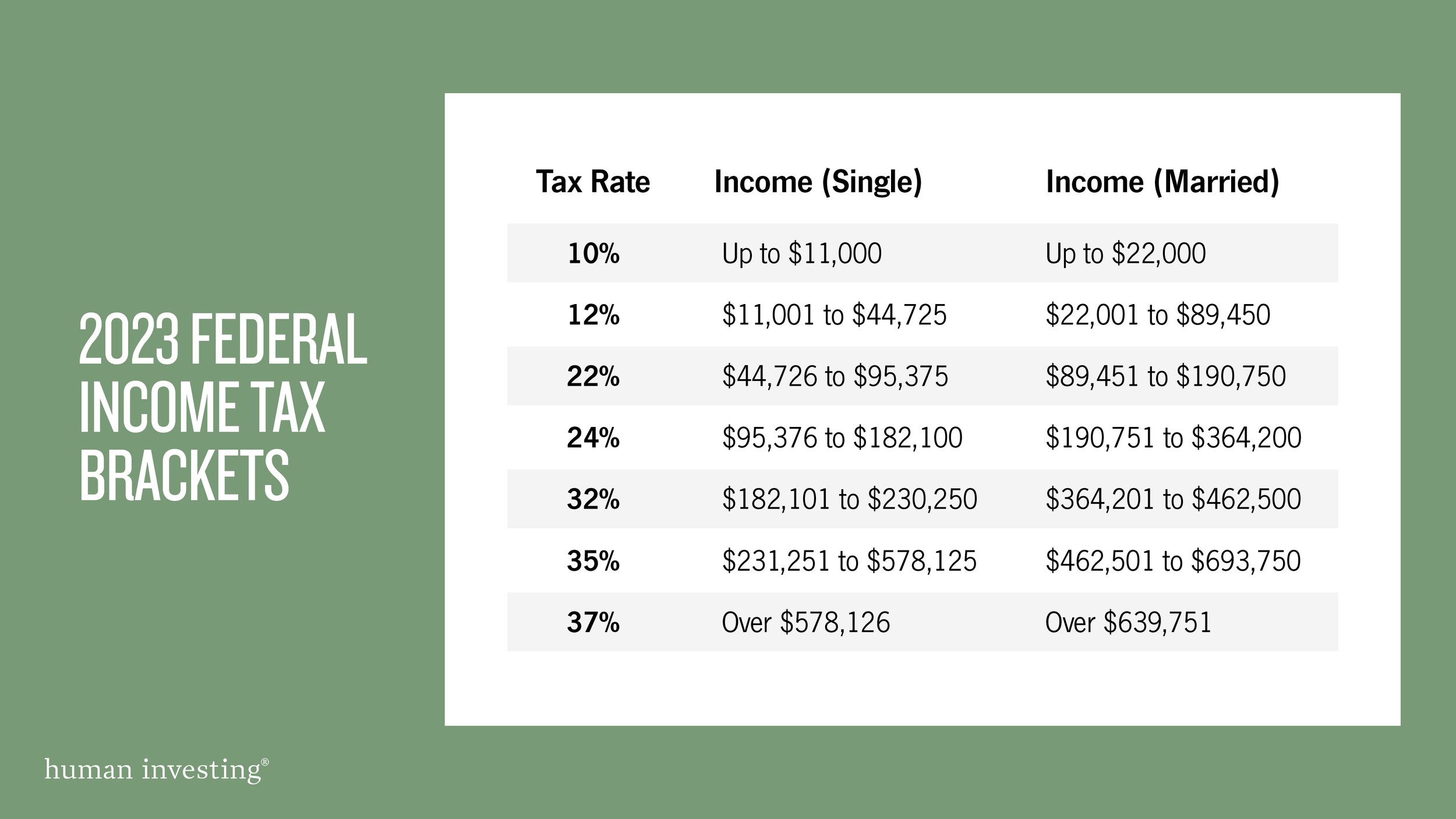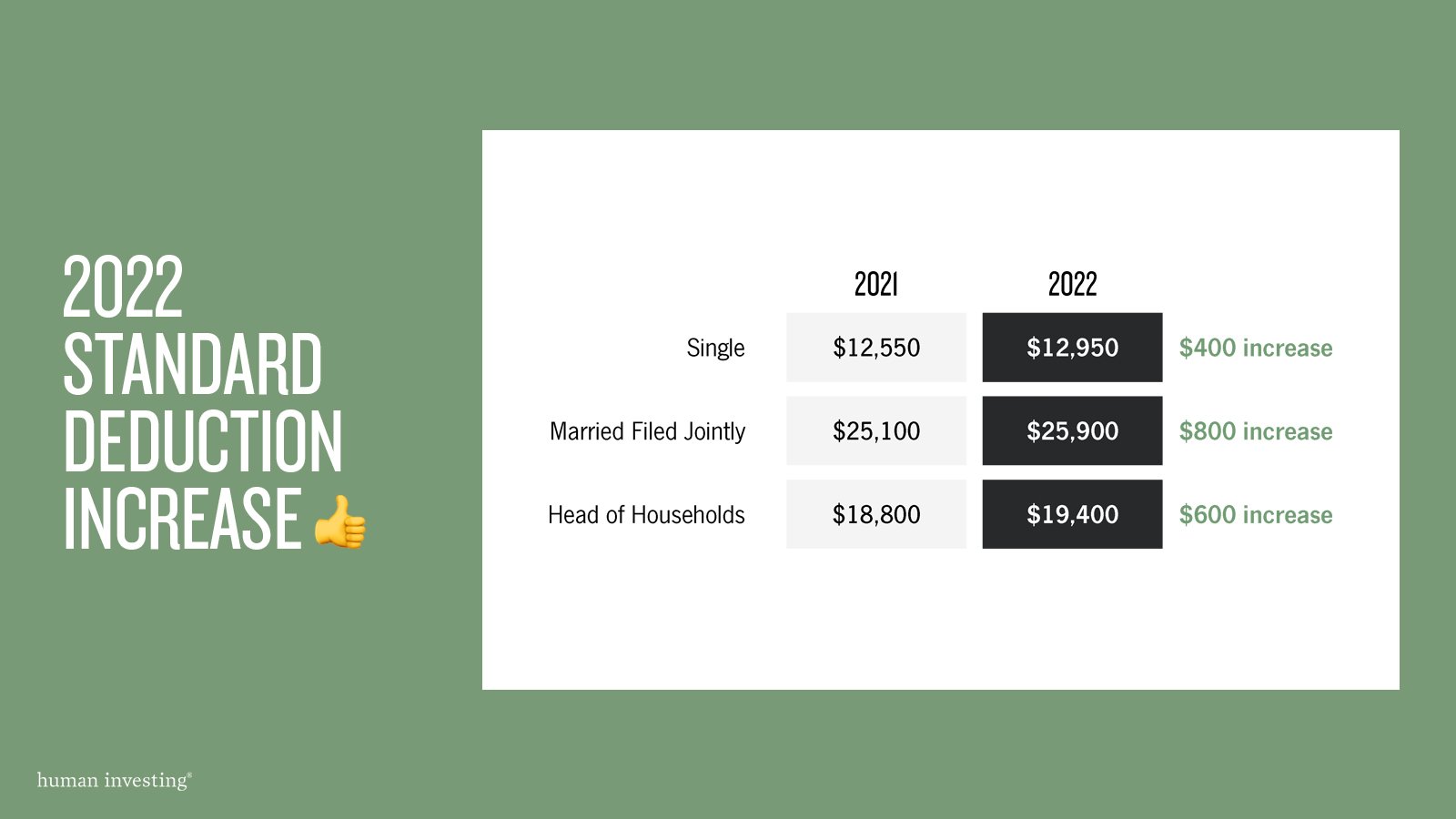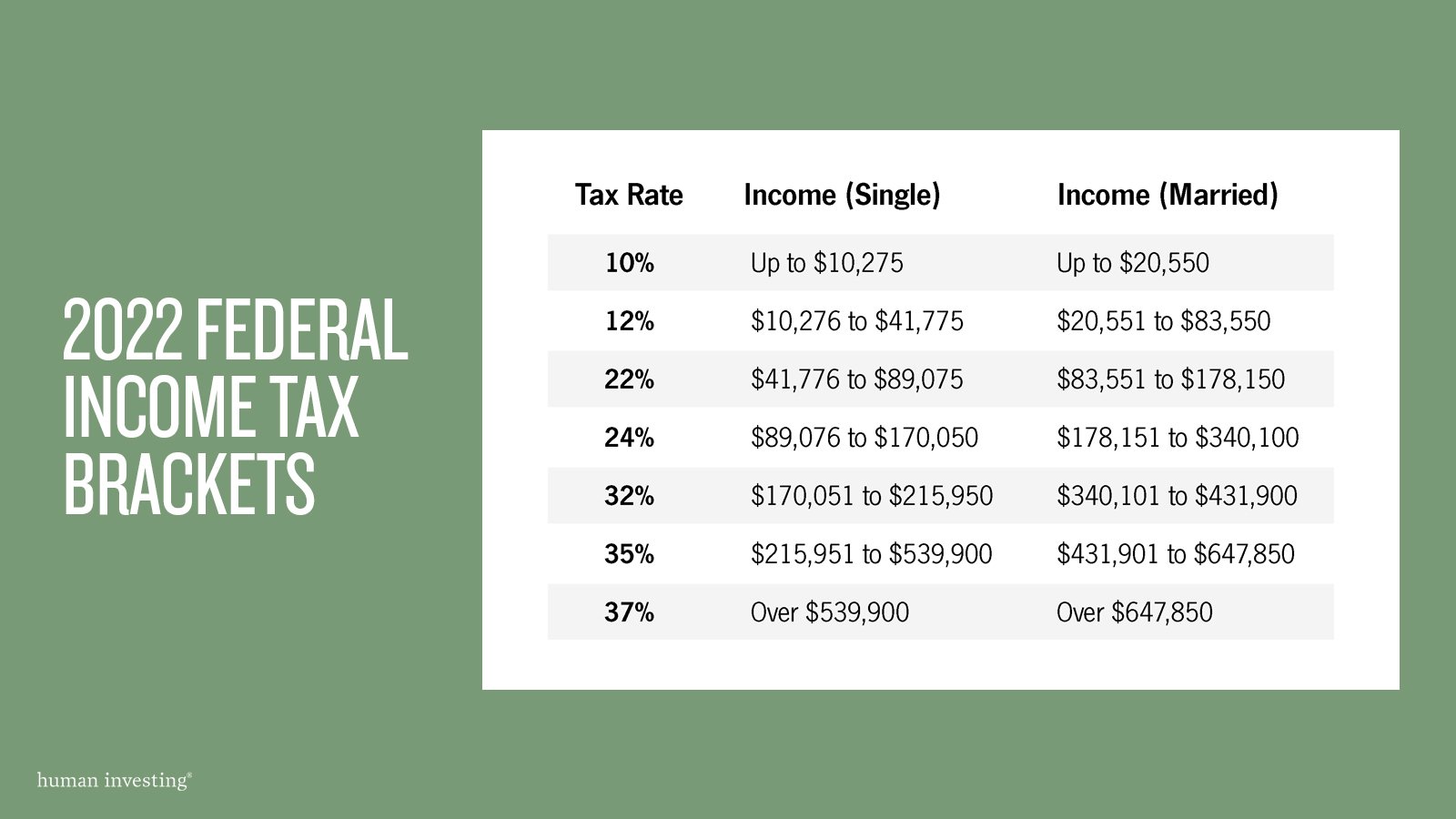Signed into law July 2025, the One Big Beautiful Bill Act brings a wave of tax changes including bigger deductions, new savings tools, and key incentives. Whether you're filing as an individual, managing a household, or running a business, understanding these updates is key to maximizing your benefits and minimizing surprises. Here’s what you need to know.
All U.S. taxpayers
The following provisions affect all U.S. Taxpayers with most taking effect for calendar year 2025, and a few scheduled to begin in 2026.
Tax Brackets Remain Unchanged
With the One Big Beautiful Bill Act (OBBBA), federal income tax brackets remain intact, and are set to be permanent for the future. The seven marginal rates continue to be:
10%, 12%, 22%, 24%, 32%, 35%, and 37%.
More importantly, these rates did not revert to their pre-2018 levels, which were generally higher for many income brackets.
Bigger Standard Deductions for Everyone – Starting 2025
The OBBBA raises the standard deduction amounts across all filing statuses:
- Married Filing Jointly: $31,500 (up from $30,000)
- Single: $15,750 (up from $15,000)
- Head of Household: $23,625 (up from $22,500)
Charitable Giving for Non-Itemizers – Starting 2026
Under the new law, everyone is able to have a tax benefit for making charitable contributions.
If you normally don’t itemize your deductions during tax time you can now deduct your charitable contributions:
- Up to $2,000 for joint filers
- Up to $1,000 for others
Tip: If you typically don’t itemize, there may be tax planning opportunities near year-end to move your charitable contributions into January 2026 to get a better tax benefit.
Clean Energy Incentives Update – Ending 2025
The 30% federal tax credit for residential solar and battery storage systems expires on December 31, 2025. To qualify, your system must be fully installed and operational by that date, there’s no grace period or retroactive eligibility. If your project is underway, be sure to complete it before year-end 2025 to claim the full credit.
Elimination of Federal Clean Vehicle Tax Credits – Ending September 2025
The federal tax credits for clean vehicles are being phased out earlier than expected. If you are planning to purchase an EV and qualify for the credit, you must do so by September 30, 2025 to claim it. These credits will not be renewed or extended under the new law.
Trump/MAGA Accounts – Starting 2025
These are new savings accounts for children, modeled after IRAs but designed specifically for minors. Each child born between Jan. 1st, 2025 and Jan. 1st, 2029 will automatically receive an account with a $1,000 government contribution to help jumpstart long-term savings.
Contributions
Parents can contribute up to $5,000 per year until the child turns 18. Funds must be invested in ETFs and grow tax-free for qualified uses like education, a first home, or starting a business.
Distributions
Funds are partially accessible at age 18 for qualified expenses, with full access at age 25. After age 30, funds can be used for any purpose without penalty. Early, non-qualified withdrawals before age 30 are subject to tax and a 10% penalty.
Estate & Gift Tax Exemption – Starting 2026
Before the One Big Beautiful Bill Act, the estate and gift tax exemption was set to drop from $13.99 million to $7.2 million per person in 2026 due to the TCJA sunset, OBBBA permanently raises it to $15 million per person starting in 2026, indexed for inflation.
For taxpayers making $500k or less
SALT Deduction – Starting 2025
Under the OBBBA, if you have an Adjusted Gross Income (AGI) under $500,000 you are eligible to deduct up to $40,000 in state and local taxes, including income tax or sales tax, and property taxes from your federal taxable income. This expanded cap is in effect for five years through 2029 and offers a significant increase from the previous $10,000 limit. For many Oregonians, this is seen as a win, with Oregon being a high-income tax state.
Tip: Careful planning can help maximize this deduction. To take full advantage of the increased limit, consider:
Paying your full 2025 property tax bill within the 2025 tax year, if feasible.
Making your Q4 estimated state income tax payment due January 15, 2026 by December 31, 2025. This ensures it counts toward your 2025 deduction cap of $40,000 and helps preserve the full benefit if your AGI is under $500,000.
Taxpayers with AGI over $500,000 can still deduct state and local taxes, but the $40,000 cap is reduced by 30% of the amount exceeding $500,000, with a minimum deduction of $10,000. At $600,000 AGI, the deduction is reduced by $30,000, bringing it down to the $10,000 floor. Note: This effectively creates a high-income tax bracket between $500K and $600K (45.5%) if you are itemizing. These rules remain in effect through 2029.
Child Tax Credit (CTC) – Starting 2025
The CTC has increased to $2,200 per qualifying child through 2028, after which it reverts to $2,000; the credit is nonrefundable and phases out for AGI above $400,000 MFJ and $200,000 for others.
Enhanced Deductions for Taxpayers Age 65+ - Starting 2025
A new $6,000 bonus standard deduction is available for taxpayers aged 65 and older, but it begins to phase out at AGI of $150,000 MFJ ($75,000 Single) and phases out completely once above $250,000 MFJ ($175,000 Single).
Tip: Careful planning around Roth conversions is recommended, as such conversions increase AGI and could reduce or eliminate eligibility for the bonus deduction.
Tip: To help remain under these thresholds, taxpayers aged 70½ or older can make a Qualified Charitable Distribution (QCD) from their IRA to a qualified charity. This counts towards their annual Required Minimum Distribution (RMD) while excluding the amount from taxable income, and preserving eligibility for deductions under OBBBA.
Car Loan Interest Deduction – Starting 2025
If you purchased a new car with financing anytime in 2025, you may qualify for a deduction of up to $10,000 if the following apply:
Your adjusted gross income (AGI) is below $250,000
The vehicle was brand new and assembled in the United States
You purchased the car (not leased it)
This deduction applies only to interest paid on the loan and is designed to support domestic manufacturing and personal vehicle ownership.
For Business Owners
Section 179 & Bonus Depreciation – Starting 2025
- 100% bonus depreciation is back (for assets placed in service after January 19, 2025) and is now made permanent by the Act.
- Expense limit: $2.5M
- Phaseout threshold: $4M
Qualified Business Income (QBI) Deduction – Starting 2026
- OBBBA proposed raising the QBI deduction to 23%, but the final law kept it at 20%. However, it increased the phaseout thresholds to $150,000 for MFJ and $75,000 for others up from $100,000 and $50,000, respectively. These changes will take effect in 2026.
- $400 minimum deduction if you have at least $1,000 in business net income.
Employer Student Loan Help – Starting 2026
- Employers can contribute up to $5,250/year tax-free toward paying off student loans. Limitations may apply.
Excess Business Losses – Starting 2026
- Cap: $500K (joint) / $250K (others).
- Losses above this become net operating losses and are carried forward to future years.
The OBBBA reshapes the tax landscape for nearly every American. Whether you're a parent saving for your child’s future, a retiree managing income thresholds, or a business owner investing in growth, the new law offers expanded opportunities and new complexities. With many provisions taking effect in 2025 and 2026, now is the time to review your financial plan, optimize deductions, and take advantage of available tools.
Disclosure: The information presented herein is for educational and informational purposes only and is not intended to be construed as personalized tax, legal, or investment advice. Tax laws and financial regulations are subject to change, and the implications of the One Big Beautiful Bill Act may vary based on individual circumstances. Please consult a qualified tax professional or financial advisor before making any decisions based on this content. Advisory services offered through Human Investing, an SEC registered investment adviser.
































